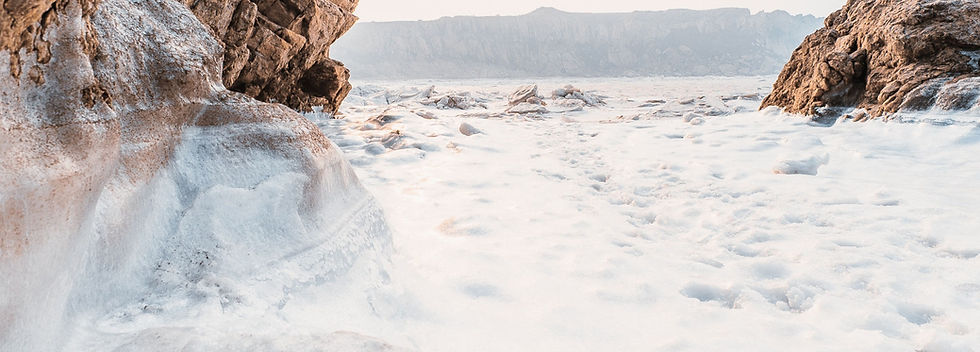

Grading Mink
How to SuCCeeD!
Prior to selling a mink crop, an auction house will subject pelts to close scrutiny and sort them into groups, or bundles, of the same quality. For a farmer to do well during grading, he must focus on four points all year long: Size, Color, Coverage and Density.
Size
This is very important to overall return. Though size is determined in part by management and diet, the key is genetics. To have big mink, you must select for big mink.
Male pelts are longer than female, and very often have a thicker leather. However, since the smaller female pelts are often used for lighter-weight, more expensive garments, they can actually go for higher prices at auction.
The pelts are carefully measured for size from the nose to the beginning of the tail, in accordance with international standards. A portion of the skin cannot be used for production, and furthermore there will be shrinkage during the dressing process.
Color
Mink skins are graded according to the degree of clarity, or color tone. Color categories used in North American auctions include:
-
Dark: Blackness of fur; Overall appearance
-
Blue Iris: Shade should range from light medium to medium dark; A clear blue color is very desirable; Strong contrast
-
Demi Buff: Shade should range from medium dark to dark; Clear to blue; Contrast desirable
-
Ranch Wild: Shade ranges from light medium to medium; Red castiness very good; Contrast desirable
-
Mahoganies: Shade ranging from medium to medium dark; Both clear and casty type acceptable; Contrast very desirable
-
Sapphires: Shade should be dark end; Clear to blue
-
Violets: Medium shade; Clear
-
Pastels: Dark shade; Clear in color
-
Pearls: Pale and light shade with brightness
-
Pinks: Pale and light shade with a pink cast
-
Whites: Very clear with no yellows
-
Lavenders: Light to medium shade (either blue or beige is okay)
See also Fur Farming Special Feature: True Colors!
Coverage
Another key factor in grading is the number of guard hairs, or nap, per square inch.
Density
And the final key factor is the depth and density of the underwool.
Other Factors
Graders also pay attention to:
-
Nap length by color (even top)
-
Texture (silkiness)
-
Resilience
-
Character traits on mutation and dark browns
-
A farmer who is tops in all these categories will SuCCeeD!
Originally published August 25, 2011.